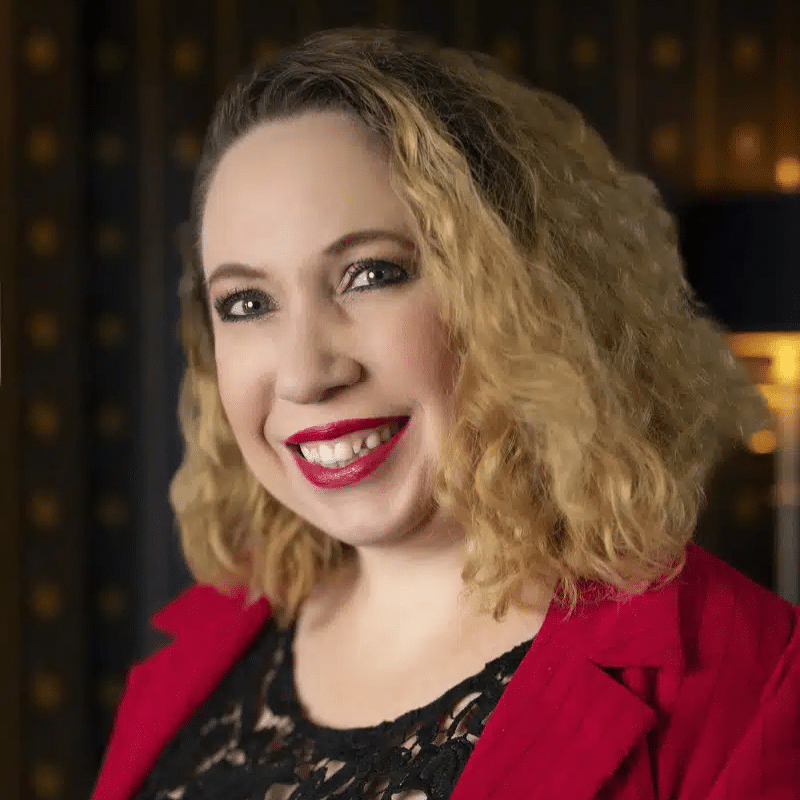BioNTech RNA Pharmaceuticals GmbH v CureVac SE [2023] APO 36
Venue:
Delegate:
16 June 2023
Australian Patent Office
Dr L. F. McCaffery
Highlight
In this unappealed Patent Office decision on BioNTech’s opposition to CureVac’s amendment application, claim limitations excluding certain elements were held permissible, even though the specification did not include any literal direction to avoid them.
Background
CureVac SE’s patent application AU 2016251687 was directed to compositions comprising RNA (including mRNA) for treating or preventing tumours and cancers. BioNTech RNA Pharmaceuticals GmbH filed a pre-grant opposition, and CureVac secured a stay of the opposition to file voluntary claim amendments. Biotech also opposed the amendment application.
The proposed CureVac amendments included limiting the claims to the treatment of cancer (rather than encompassing prophylaxis) and added ‘negative’ limitations that the mRNA was not a replicon, viral or retroviral RNA.
The Delegate allowed the amendments. BioNTech did appeal that decision, and withdrew its opposition to grant of the patent.
Key Issues
Opponent BioNTech neither made submissions nor appeared at the hearing, relying simply on its evidence and Statement of Grounds and Particulars (SOGAP). As the Patents Act 1990 (Cth) (Act) in its post-Raising the Bar form applies, the opponent bears the onus “on the balance of probabilities”. It is the exceptional case where an opponent could meet this burden in the absence of submissions or attendance at the hearing. The Delegate was critical that BioNTech’s actions were (para 8) “not ideal” and “precluded any opportunity to narrow the issues under consideration” which was “detrimental to the efficient resolution of both the present matter and the substantive opposition”, which “is certainly not prevented” but “is a factor that can be taken into consideration in the award of costs”.
The amendments characterised by BioNTech as imposing negative limitations took the following form (our emphasis):
An RNA containing composition when used in the treatment of tumour and/or cancer… comprising at least one coding RNA encoding interleukin-12 (IL-12)… wherein the at least one coding RNA is an mRNA, and wherein the at least one coding RNA is not a replicon RNA…
BioNTech suggested that the amendments should be rejected under s102(1) of the Act, which in summary provides that an amendment is not allowable if as a result the patent would claim matter that extends beyond the complete specification as filed. BioNTech submitted the amendments fell foul of s102(1) because of the common law concept of added matter by “intermediate generalisation”. In short, to take a feature disclosed in a particular context in the specification and introduce it into a claim deprived of that context it can be impermissible “added matter”. The question to be asked is whether the person skilled in the art, when looking at the proposed amendment, would learn anything new about the invention that they would not learn from the specification as filed. According to the BioNTech SOGAP, as a result of the proposed amendments, a feature was suggested to be of technical significance for the first time as there was no disclosure in the specification as filed that replicon RNA was to be avoided.
CureVac submitted that whilst mRNA as used in the specification also covered replicon RNA, the specification did not indicate any express preference for this feature and so it should be permissible to exclude it. Arguing that the amendments clarified the scope of the invention and aligned the claims more closely with the examples, CureVac submitted that in most cases amendments reducing the scope of a claim will usually satisfy the statutory requirements because they will not travel beyond the matter disclosed in the specification, referencing the Federal Court decision of Boehringer Ingelheim Animal Health USA Inc v Elanco New Zealand [2021] FCA 1457 reported in our 2021 Patent Case Summary. Finally, CureVac noted that it is not unusual for a patent to disclose various possibilities but claim only certain features.
Outcome
Rejecting BioNTech’s opposition to the amendments, the Delegate found that the amendments did not represent an impermissible intermediate generalisation. BioNTech’s concerns seemed to result from the lack of literal disclosure in the specification of the proposed amendments, whereas the Delegate considered the negative limitations to act like a positive selection and “from a practical point of view” was “unable to envisage a situation where the proviso would result in the disclosure of something new”.
Similar submissions and reasoning applied to the amendments with the effect of excluding viral RNA or retroviral RNA, which were also rejected.
BioNTech’s allegations of lack of clarity also failed.
Implications
Generally, disclaimers in claims which exclude prior art or common general knowledge are permitted in Australia without a strict literal basis for the amendment in the specification. This present decision highlights that disclosed features not expressly excluded in a patent application can be excluded by amendment, allowing it to perform the function of a selection.
Perhaps unsurprisingly, given BioNTech did not make submissions or appear at the hearing, BioNTech’s opposition to the CureVac amendments were wholly unsuccessful.
About Pearce IP
Pearce IP is a boutique firm offering intellectual property specialist lawyers, patent attorneys and trade mark attorneys to the life sciences industries (in particular, pharmaceutical, biopharmaceutical, biotech, ag-tech and food tech). Pearce IP is the 2021 ‘Intellectual Property Team of the Year’ (Lawyers Weekly Australian Law Awards) and was shortlisted for the same award in 2022. Pearce IP is ranked in IAM Patent 1000 and Managing IP (MIP) IP Stars, in Australasian Lawyer 5 Star Awards as a ‘5 Star’ firm, and the Legal 500 APAC Guide for Intellectual Property.
Our leaders have been recognised in virtually every notable IP listing for their legal, patent and trade mark excellence including: IAM Patent 1000, IAM Strategy 300, MIP IP Stars, Doyles Guide, WIPR Leaders, 5 Star IP Lawyers, Best Lawyers, and Australasian Lawyer 5 Star Awards, and have been honoured with many awards including Australian Law Awards – IP Partner of the Year, Women in Law Awards – Partner of the Year, Women in Business Law Awards – Patent Lawyer of the Year (Asia Pacific), Most Influential Lawyers (Changemaker), among other awards.

Naomi Pearce
CEO, Executive Lawyer (AU, NZ), Patent & Trade Mark Attorney (AU, NZ)
Naomi is the founder of Pearce IP, and is one of Australia’s leading IP practitioners. Naomi is a market leading, strategic, commercially astute, patent lawyer, patent attorney and trade mark attorney, with over 25 years’ experience, and a background in molecular biology/biochemistry. Ranked in virtually every notable legal directory, highly regarded by peers and clients, with a background in molecular biology, Naomi is renown for her successful and elegant IP/legal strategies.
Among other awards, Naomi is ranked in Chambers, IAM Patent 1000, IAM Strategy 300, is a MIP “Patent Star”, and is recognised as a WIPR Leader for patents and trade marks. Naomi is the 2023 Lawyers Weekly “IP Partner of the Year”, the 2022 Lexology client choice award recipient for Life Sciences, the 2022 Asia Pacific Women in Business Law “Patent Lawyer of the Year” and the 2021 Lawyers Weekly Women in Law SME “Partner of the Year”. Naomi is the founder of Pearce IP, which commenced in 2017 and won 2021 “IP Team of the Year” at the Australian Law Awards.

Kate Legge
Special Counsel, Lawyer
Kate is an experienced IP and patent lawyer, providing IP leadership for pharmaceutical product development and commercialisation in global markets – from initial scoping through to post-launch.
She has developed and implemented global IP strategies over more than 15 years at multi-national pharmaceutical companies. She is an Australian qualified and registered legal practitioner, and has a Master’s degree in IP Law and a BSc in biochemistry.

Donna Meredith
Associate, Patent & Trade Mark Attorney
Donna is a Patent and Trade Mark Attorney with more than 8 years’ post-qualification experience, and a background in biotechnology and biology.
Donna supports Australian and international clients in a range of life sciences fields including nanoparticles, pharmaceuticals, biopharmaceuticals, biotechnology, DNA sequencing, cell and gene therapy, CRISPR technologies, protein chemistry, formulation chemistry, chemical compounds, biofuels, plant varieties, ag-tech, food-tech and medical devices.

